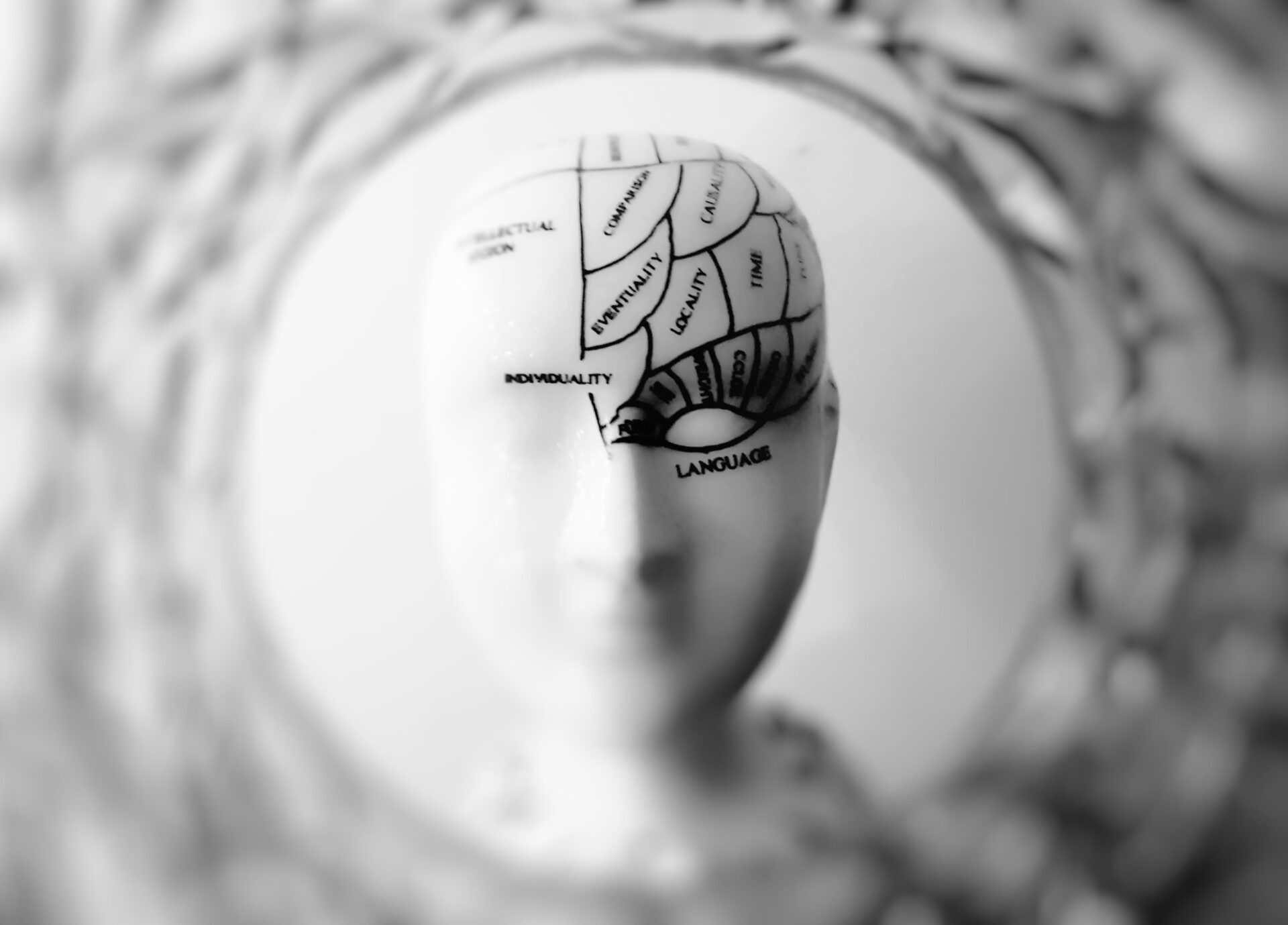Among the most serious kinds of injury that human beings are capable of suffering involve the brain. A severe blow to the head, or a gradual degradation over the years, can have a marked impact on a person’s quality of life.
What is it like to live with a brain injury?
The extent of a brain injury can vary considerably. It’s therefore difficult to speak about one definitive experience of such a thing. Brain injuries can be either traumatic or non-traumatic – with the former being caused by a blow (the physical trauma) to the head, and the latter being caused by events like strokes. Problems regulating emotions, dizziness, memory loss, and problems concentrating can all result.
Brain injury claims can help to provide financial compensation when there’s blame to be attributed. But more recently, there are ways of managing the symptoms of a brain injury through technology.
How can technology help?
Special computer hardware and software
Just a few years ago, something like a voice assistant or useful speech recognition software might have been unthinkable. While such things can make life convenient for most people, for some, it can be truly
transformative. The same applies, to a lesser extent, to the convenient quality-of-life features found in many computer and smartphone operating systems. For example, you might find ways to enlarge text to make reading easier.
Regular reminders, set using a voice-activated assistant, can help to add structure to the lives of people who are suffering from memory-related issues.
Education and work aids
Of course, not all technologies need be digital ones. In many cases, simple physical tools, and adapted versions of more common tools, can make a big difference to children and adults in the classroom. Page turners, book holders, and larger pencils might all make it easy to participate, both at work and school.
Lighter wheelchairs
Physical activity is highly correlated with quality of life, especially later in life. If you want to be healthy and happy into old age, in other words, you need to exercise. In most cases, this means finding an activity you enjoy and making a commitment to pursue it.
If you’re suffering from the long-term effects of a brain injury, then this might not be so easy. In most cases, patients are wheelchair-bound, which can present a big obstacle to participating in team sports like badminton and tennis. The development of more affordable, lightweight wheelchairs is therefore a significant boon.
Bespoke modifications
One of the problems with managing brain injuries is that everyone has slightly different symptoms. This means that there’s special value in small devices which are tailored to the needs of an individual. If you have the use of only one hand, for example, you might rely on cabinet-mounted can openers and other devices in the kitchen.




















